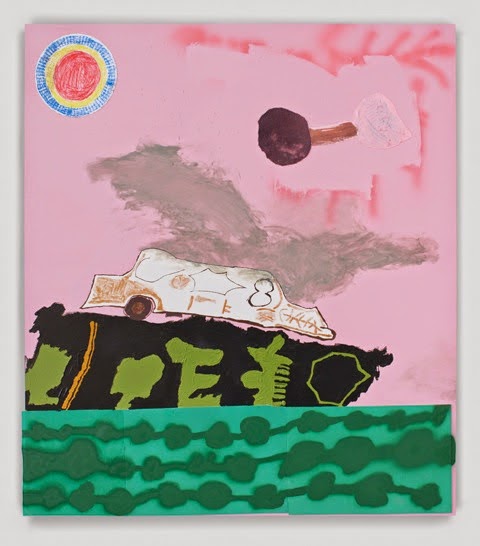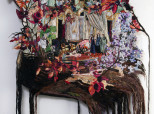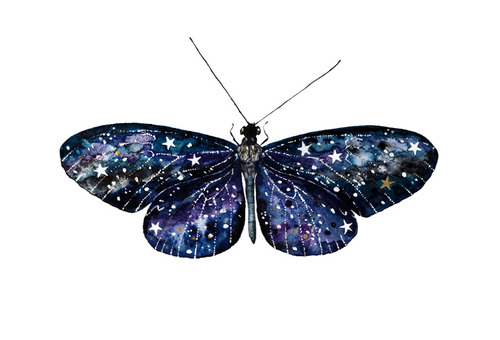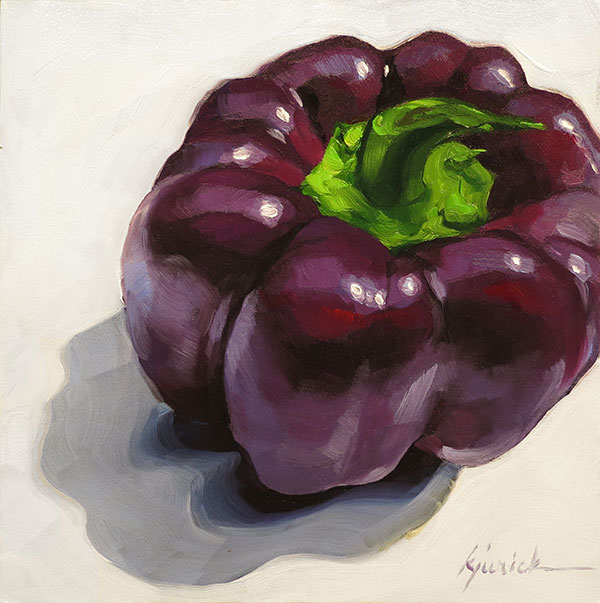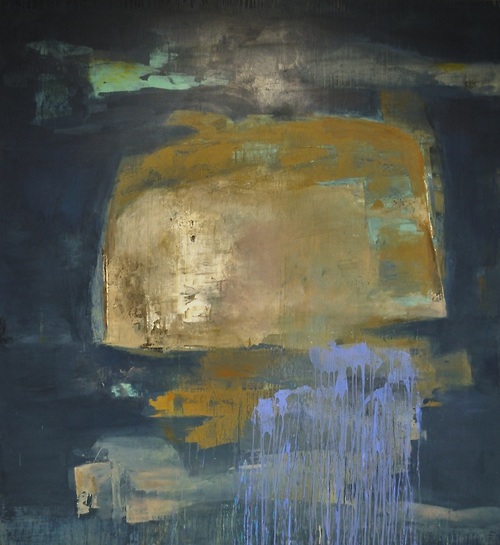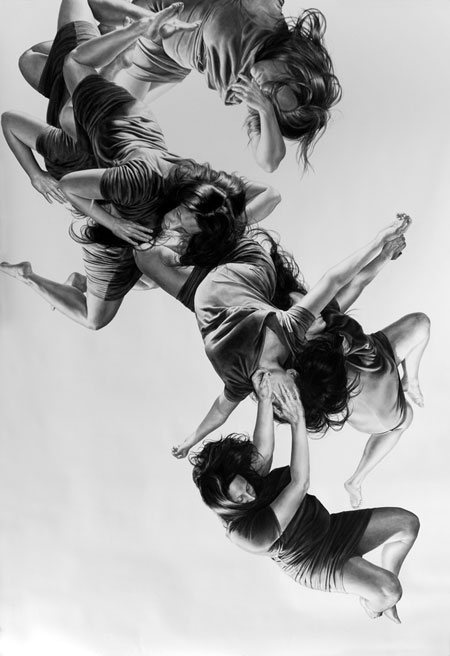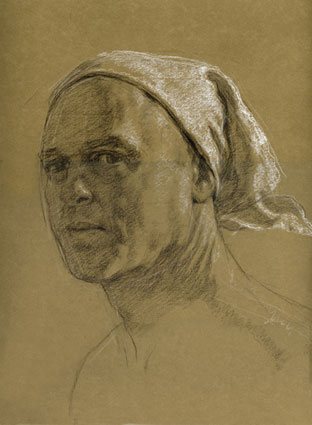Without Andrew Ginzel's List (on hiatus until September) and Facebook (recently deactivated), I've been left on my own to figure out what shows are out there this summer. Recently I've begun using NY Art Beat, an iPhone app that lists galleries by neighborhood. Gallery go-ers can review shows, bookmark them, and then view all the bookmarked locations on a handy map (my map is posted at right), making afternoon planning much easier. Apparently Walter Robinson had the same list of things-to-see on Tuesday because he had signed into all the gallery guest books right before I did. Alas, we never bumped into each other.
Exhibitions featured (Click links for full exhibition statements and images):
"All a tremulous heart requires," co-curated by Brad Hajzak. ZieherSmith,New YOrk, NY. Through August 15, 2014.
"Displayed," curated by Matthew Higgs. Anton Kern, New York, NY. Through August 22, 2014.
"Jeffrey Courtland Jones: Did I See You See Me (In a New Light)," Kathryn Markel Fine Arts, New York, NY. Through August 29, 2014.
"Justine Hill: Pick and Place," Kathryn Markel Fine Arts, New York, NY. Through August 29, 2014.
"Paintings on Paper," David Zwirner, New York, NY. Through August 15, 2014.
"Conversations," curated by Sharon Louden. Morgan Lehman, New York, NY. Through August 22, 2014.
"About a Mountain," curated by Holly Jarrett. Asya Geisberg, New York, NY. Through August 15, 2014.
"Carl Ostendarp: Blanks," Elizabeth Dee, New York, NY. Through September 6, 2014.
"Jodie Manasevit and Eric Dever," Berry Campbell, New York, NY. Through August 9, 2014.
"JJ Manford and Max Razdow: Through Every Leaf," Freight + Volume, New York, NY. Through August 16, 2014.
"Another Look at Detroit, Parts I and II" curated by Todd Levin. Two locations: Marianne Boesky and Marlborough Chelsea, New York, NY. Through August 8, 2014.
Gone but not forgotten:
"Franklin Evans: paintingassupermodel," Ameringer McEnery Yohe, New York, NY. Through August 1, 2014.
"Don't Look Now," organized by Jesse Greenberg and MacGregor Harp of 247365. Zach Feuer, New York, NY. Through July 26, 2014. Thanks for letting me have a look even though the show was over.
"Joan Mitchell: The Black Drawings and Related Works 1964-1967," Lennon Weinberg, New York, NY. Through June 28, 2014. Thanks for taking me upstairs to see these drawings even though the show had been down for a month. Time flies in the summer.
------
Two Coats of Paint is licensed under a Creative Commons Attribution - Noncommercial-No Derivative Works 3.0 United States License. For permission to use content beyond the scope of this license, permission is required.
SOURCE: Two Coats of Paint - Read entire story here.
Read More
